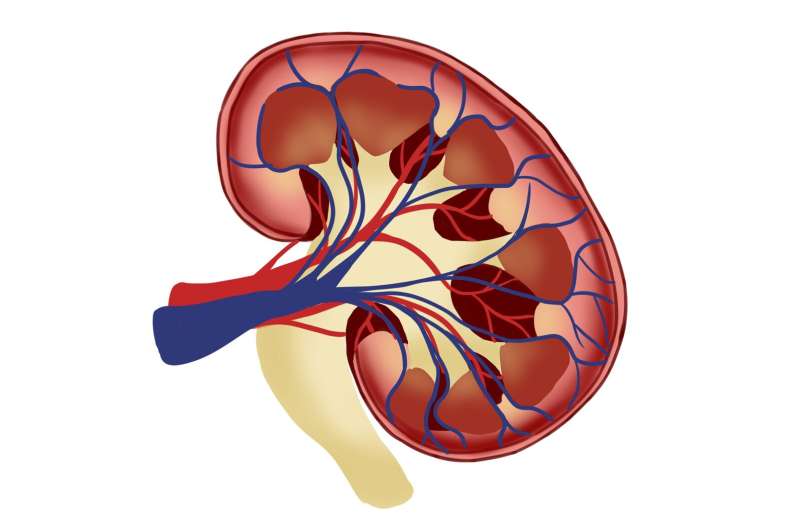Recent developments in the field of cancer therapeutics have unveiled the potential of DNA aptamers as a dual-action approach to targeting leukemia stem cells, a significant hurdle in cancer treatment. Researchers at the University of Illinois Urbana-Champaign published their findings in the peer-reviewed journal Advanced Functional Materials, demonstrating how these innovative drug-delivering molecules can serve as both targeting agents and cytotoxic entities against leukemia.
Understanding the Challenge of Leukemia
Leukemia presents unique challenges due to its nature as a blood cancer, which is characterized by the circulation of cancerous cells throughout the body. Unlike localized tumors, this systemic proliferation complicates treatment options, making eradication difficult. A key factor in the high rates of relapse associated with leukemia is the presence of leukemia stem cells (LSCs), which are notoriously resilient, often retreating to an environment similar to that of healthy blood stem cells. These environments allow LSCs to evade conventional treatments like chemotherapy, contributing to cancer recurrence.
Diving into DNA Aptamers
DNA aptamers are short strands of synthetic DNA that can be engineered to bind specifically to certain markers on cancer cells. This functionality allows them to deliver drugs directly to their intended targets with high specificity. Researchers led by Professor Xing Wang sought to leverage this capability to form an effective approach against leukemia stem cells. The innovative method developed by the team involves:
- Two-Target Approach: The aptamers specifically bind to two distinct markers on leukemia stem cells, enhancing the selectivity and reducing off-target effects typically associated with other therapeutic antibodies.
- Drug Delivery: The aptamers not only target but also carry the anticancer drug daunorubicin into the cells, circumventing the cellular membrane barrier that typically limits drug efficacy.
Experimental Results
The researchers conducted a series of experiments to assess the efficacy of their approach:
| Experiment Type | Result | Details |
|---|---|---|
| In Vitro Study | 40% Reduction | Aptamers alone reduced cancer cells in culture by 40% after 72 hours. |
| Drug Efficacy | 500x Reduction | Aptamer-carried daunorubicin was effective at 500 times smaller dose than the standard treatment. |
| In Vivo Study | 10x Effective | The combined treatment showed efficacy at a dose 10 times smaller than clinical standards in mice. |
The Mechanism of Action
Once the aptamers attach to their respective markers on the leukemia stem cells, they facilitate the entry of daunorubicin into the cells. This mechanism is particularly crucial due to the inherent difficulty of daunorubicin crossing cell membranes without assistance:
"This is especially important for drugs like daunorubicin, because the drug on its own cannot cross the cell membrane easily. But aptamers can carry it in," stated Abhisek Dwivedy, the first author of the study.
Implications for Future Cancer Treatments
These findings suggest a promising direction for future cancer therapies, not only for leukemia but potentially for other cancer types as well. The researchers believe that by identifying unique surface biomarkers in various cancers, similar aptamer-based therapies could be developed:
- Gene Targeting: "Every cancer cell has a signature in its surface biomarkers. If we can find markers that are present uniquely in cancer cells, we can target other cancer types as well," Wang mentioned.
- Expansion of Aptamer Applications: The team aims to expand their library of aptamers to target additional cancer stem cell markers, providing a platform for improved treatment regimens.
In conclusion, the combination of targeted delivery and the inherent toxicity of the aptamers presents a novel, effective approach to combat leukemia stem cells, potentially transforming how blood cancers are treated.
References
Dwivedy, A., et al. (2025). Engineering Novel DNA Nanoarchitectures for Targeted Drug Delivery and Aptamer Mediated Apoptosis in Cancer Therapeutics. Advanced Functional Materials. Retrieved April 3, 2025, from Phys.org.













Discussion